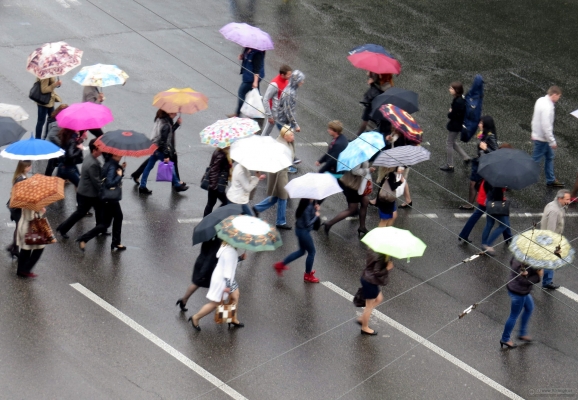
Watch condensed preview video
Watch full video
View slides
If you would like to receive continuing education credits such as PDH or CM, please make sure to complete this evaluation form once you've watched the entire video so that we have a record of your attendance.
Why model pedestrians?
A new predictive tool for estimating pedestrian demand has potential applications for improving walkability. By forecasting the number, location and characteristics of walking trips, this tool allows for policy-sensitive mode shifts away from automobile travel.
There is growing support to improve the quality of the walking environment and make investments to promote pedestrian travel. Despite this interest and need, current forecasting tools, particularly regional travel demand models, often fall short. To address this gap, Oregon Metro and NITC researcher Kelly Clifton worked together to develop this pedestrian demand estimation tool which can allow planners to allocate infrastructure based on pedestrian demand in the Portland, Oregon metropolitan area. The tool is also designed to be replicable, so that other metropolitan areas can adapt the model to begin estimating pedestrian demand in their cities.
This webinar will provide an overview of how the tool functions as well as a framework for applying this method in other cities.
Kelly Clifton is a professor of Civil and Environmental Engineering, Portland State University. She is also the director of the Oregon Modeling Collaborative. Her research interests include travel behavior, transportation policy, land use and transportation, physical activity and health, and environmental and energy-related aspects of transportation planning. Her work focuses on factors that influence the transportation decisions made by individuals, household and firms and the consequences of those decisions for mobility, access, economy, environment and health.
